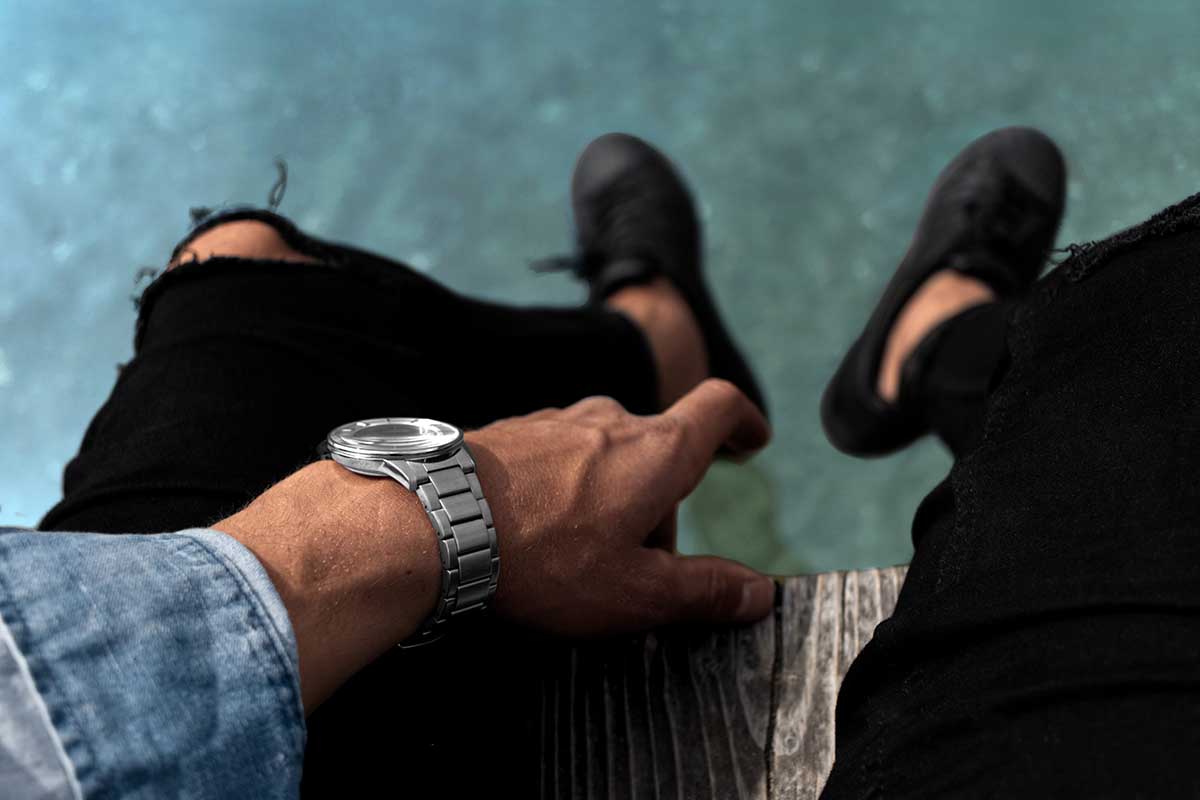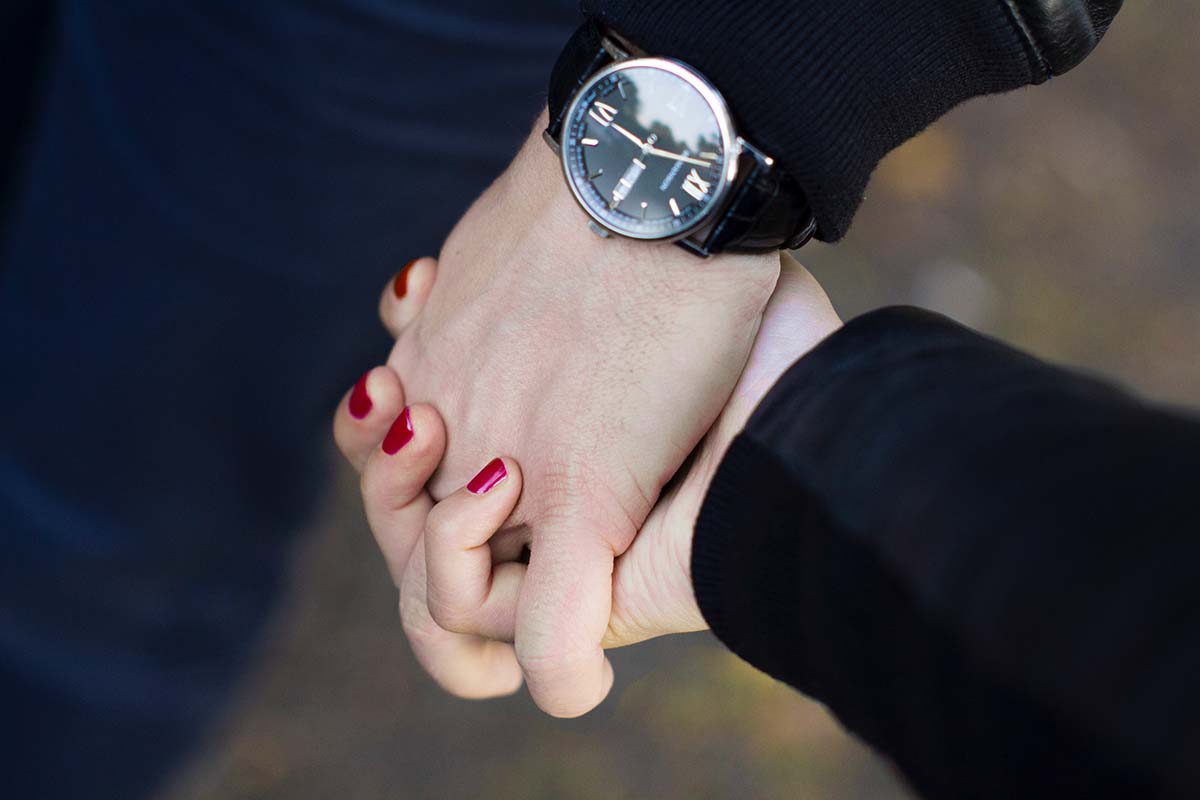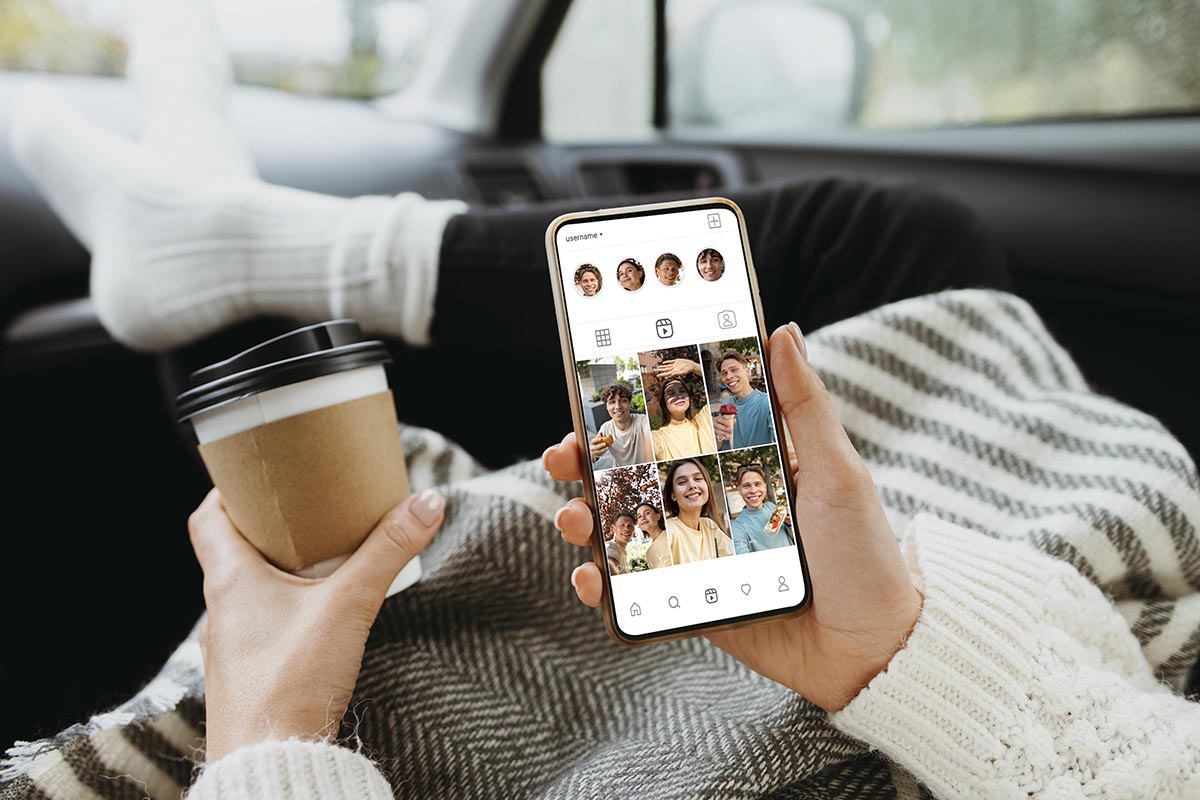The Psychology Behind Why Some People Judge a Date by Their Watch—Even in Non-Traditional Relationships
Key Points
Wearing a watch can unconsciously signal reliability, punctuality, or ambition—traits that influence first impressions during dating.
In non-traditional dating, small cues like a watch help assess compatibility quickly, reflecting shared values, routines, or lifestyle goals.
Brain research shows visual cues like timepieces activate areas related to trust, empathy, and value judgment—even before a word is spoken.
When meeting someone for a date, subtle details, such as wearing a watch, might unknowingly shape judgments.
These impressions can be surprisingly influential, even in non-traditional dating contexts.
A combination of personality traits, social signals, and perceived compatibility often informs such judgments.
Personality Traits and First Assessments
Research from the University of Glasgow highlights that people who wear wristwatches tend to exhibit certain personality traits.
For example, they score higher in conscientiousness, reflecting traits such as time management and reliability. Watch wearers also display higher emotional stability.
However, these traits are balanced by lower levels of extraversion, agreeableness, and openness.
The study further notes that watch wearers consistently arrived earlier for appointments, reinforcing their association with punctuality.
It remains unclear if wearing a watch influences these traits directly or if people with these traits are more attracted to wearing watches.
Regardless, these findings suggest that a watch may serve as an outward signal of orderliness and dependability.
From a psychological standpoint, individuals often make snap judgments in dating situations.
Wearing a watch might unconsciously communicate that the person values time, structure, and perhaps even long-term goals—qualities that some daters, particularly in non-traditional relationships, find reassuring.
In a world increasingly driven by digital immediacy, a physical watch might represent grounding values.
Social Markers and Perceptions
Research on social cognition underscores how accessories, including a watch, act as subtle social markers.
A well-selected timepiece might signal organization, professionalism, or a focus on detail.
These traits, when perceived during a date, could play a role in forming impressions.
For dating interactions that involve non-verbal communication, such markers can provide information before significant conversation occurs.
Interestingly, the type and brand of watch worn can also evoke different interpretations.
A minimalist watch may be perceived as modest and thoughtful, while a bold, luxury timepiece could hint at ambition or financial stability.
These signals—though often unconscious—feed into how people categorize others socially, especially during early romantic encounters.
In social psychology, this is referred to as “thin slicing”—the ability to make quick, reasonably accurate inferences about someone’s personality or intentions based on minimal input.
A wristwatch, despite being a small accessory, fits within that framework.
Especially in speed dating or first-meet scenarios, where there’s little time to learn about someone in depth, such cues often carry disproportionate weight.
Assessing Compatibility Through Personal Choices
The accessories someone chooses, such as a watch, can offer subtle insights into their personality and priorities.
For example, selecting a classic mechanical timepiece might signal a preference for tradition and attention to detail.
In contrast, a sleek smartwatch could suggest an interest in modern technology and practicality.
These elements, while small, can play a role in how people perceive compatibility during a date.
In non-traditional arrangements, where clear communication is emphasized, personal preferences take on added importance.
On platforms focused on the goal of seeking an arrangement, people often prioritize compatibility by assessing values or lifestyle preferences.
High-end watches are often a sign of ambition or affluence.
Moreover, in dating setups that emphasize lifestyle alignment—such as sugar dating, open relationships, or long-distance arrangements—these visual cues help individuals determine if their prospective partner fits into their world.
A visible sign of professionalism or routine could help build trust, while tech-forward choices might reflect shared interests in innovation, health, or efficiency.
Linking Social Preferences to Brain Activity
Neuroscience studies on dating provide additional insight.
For example, functional imaging during speed-dating scenarios shows that assessing potential partners involves two key areas of the brain.
The paracingulate cortex is linked to judging physical attractiveness, whereas the rostromedial prefrontal cortex evaluates compatibility and shared traits.
A watch, while small, might influence the latter process by projecting qualities of conscientiousness or shared values.
In non-traditional relationships, where initial judgments may play a larger role in establishing compatibility, these subtle cues could carry even greater weight.
Interestingly, brain imaging also reveals that individuals tend to mentally simulate aspects of another person’s lifestyle based on visual cues.
This means that when someone notices a date wearing a fitness smartwatch, their brain might actively predict shared routines, health goals, or future planning compatibility—all within moments of meeting.
According to a study published in Trends in Cognitive Sciences, even minimal visual cues can activate a network of brain regions responsible for empathy, value assessment, and social prediction—highlighting the deep neurological basis for these seemingly shallow observations.
Influence Beyond Non-Verbal Cues
Non-verbal behavior, such as body language, often communicates attraction and interpersonal dynamics.
However, participants in speed-dating research have shown that third-party observers can predict romantic interest based on small signals, including accessories, even when watching brief video clips.
Observers tend to associate watches with discipline and reliability.
This unconscious pattern suggests how a watch might contribute to the overall perception of attractiveness or suitability as a partner.
It’s important to note that these judgments are not absolute.
While wearing a watch might help someone make a positive first impression, long-term attraction and connection rely on deeper values, shared experiences, and emotional resonance.
Still, these initial cues serve as helpful entry points for those navigating the complex world of modern dating.
Conclusion: Timepieces as Unspoken Signals in Modern Dating
While watches might appear to be a trivial detail, research suggests they can influence interpersonal judgments.
They act as social markers, reflecting personality traits such as reliability and conscientiousness, which are valued in romantic contexts.
In both traditional and non-traditional dating scenarios, these unobtrusive accessories may carry subtle but meaningful importance in shaping first impressions.
Ultimately, a watch may not define a person, but it can quietly shape how they are perceived.
Whether it signals ambition, dependability, or a taste for the finer things, a simple timepiece becomes part of the complex language of human connection.
In a world where dating increasingly blends personal values with curated appearances, understanding the psychology behind small choices like wearing a watch offers a fascinating glimpse into the unspoken rules of attraction—and perhaps, a reminder that even the smallest detail can leave a lasting impression.





















